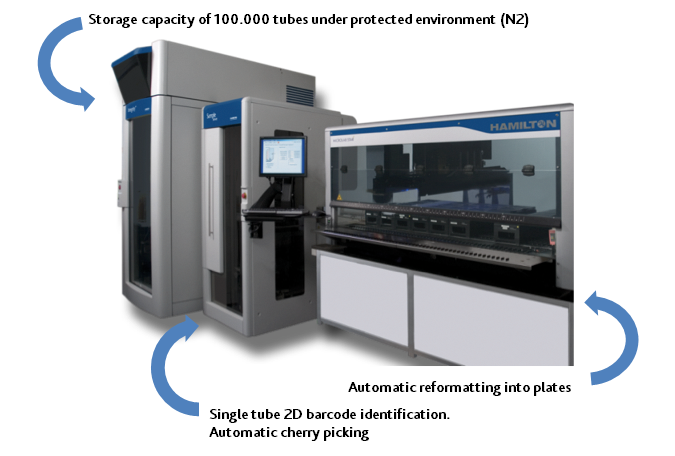Project
Mission
Advance the science of drug discovery in the Italian community by providing a physical platform for screening in a multi-target environment, and a forum of information exchange. Stimulate public-public and public-private collaborations on drug discovery programs, while protecting the interest of the originator laboratory.
POLICY AND WORKFLOW
The entry of new compounds in the Libra project is regulated by a signed Material Transfer Agreement (MTA-IN); similarly an MTA-OUT regulates the distribution of compound solutions to screening labs.
It is the policy of Libra to protect the interest of the originator lab by:
- distributing enough solution for screening (5 – 10 μL/well, 10mM in DMSO), not for further investigation;
- alerting originator lab when additional compound is requested;
- requesting that screening results from public organization is transferred back to originator lab;
- delivering solid samples only after a collaboration agreement between originator and requestor lab is signed.


INFRASTRUCTURE
The solid compounds are stored under cooled, inert atmosphere, and periodically formatted as 10 mM DMSO solutions (< 1 mL) to be distributed in microwell plates. Each of these solutions may provide material for up to 100 biochemical screens while using less than 5 mg compound. For this reason, Libra acts as a strong amplifier of screening opportunities, favoring chances of finding active hits, and enhancing collaborations between synthesis and biology laboratories.
COLLECTION OF SAMPLES
Provided by Libra:
- Barcode reader/Pre-tared barcoded vials
- Data file format
To be provided by synthesis lab:
- Filled vials (20+mg)
- Updated File with compound data
Typical data set for each compound includes:
- Barcode of rack and tube (sample container)
- Molecular structure as file.skc (MDL format)
- University/Department
- Provider scientist with valid e-mail: this is the contact person for any communication referring to that molecular species
- Bibliographic reference describing the synthesis (possibly DOI)
